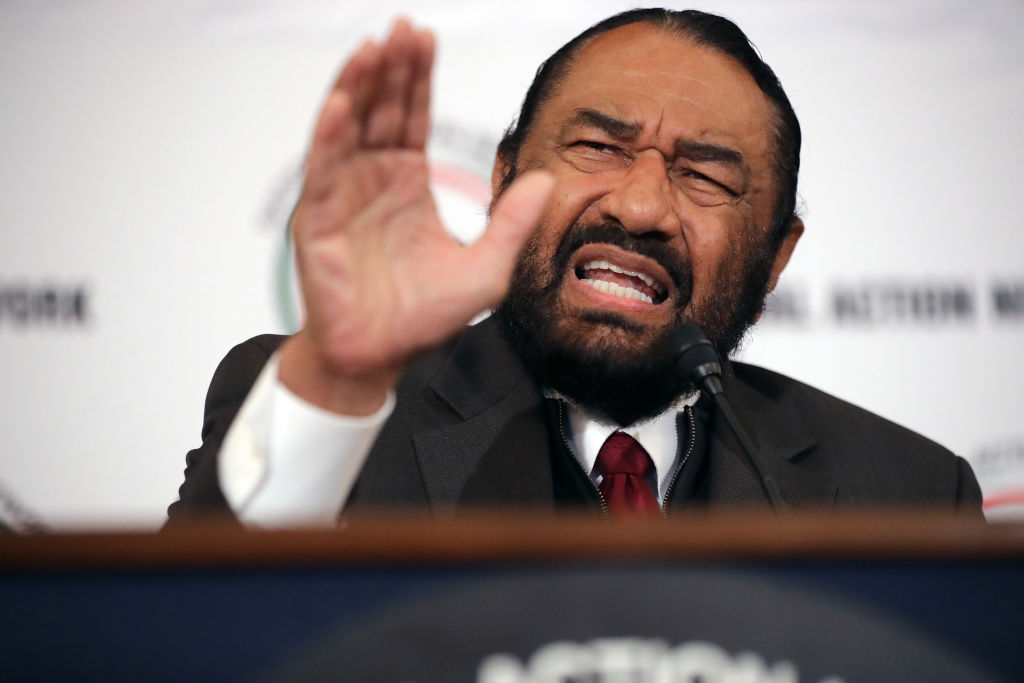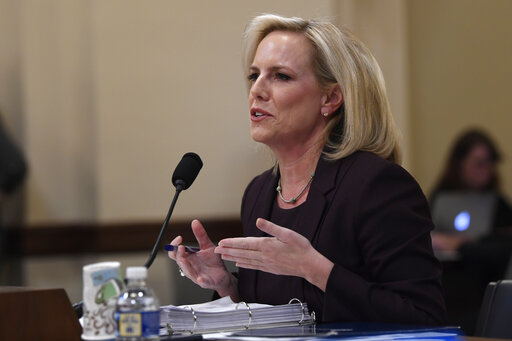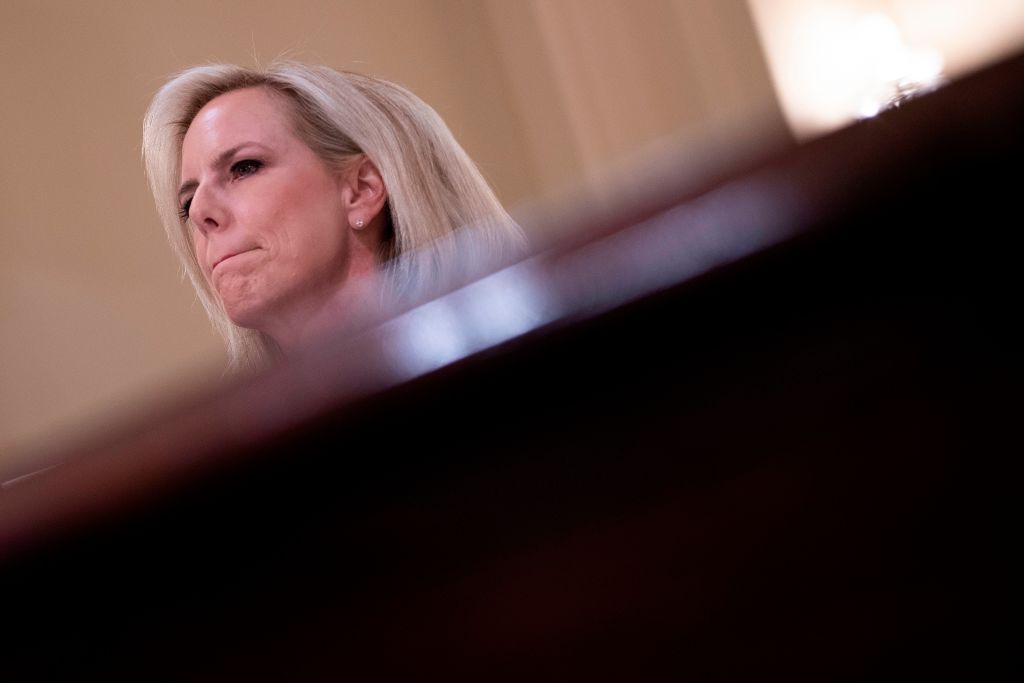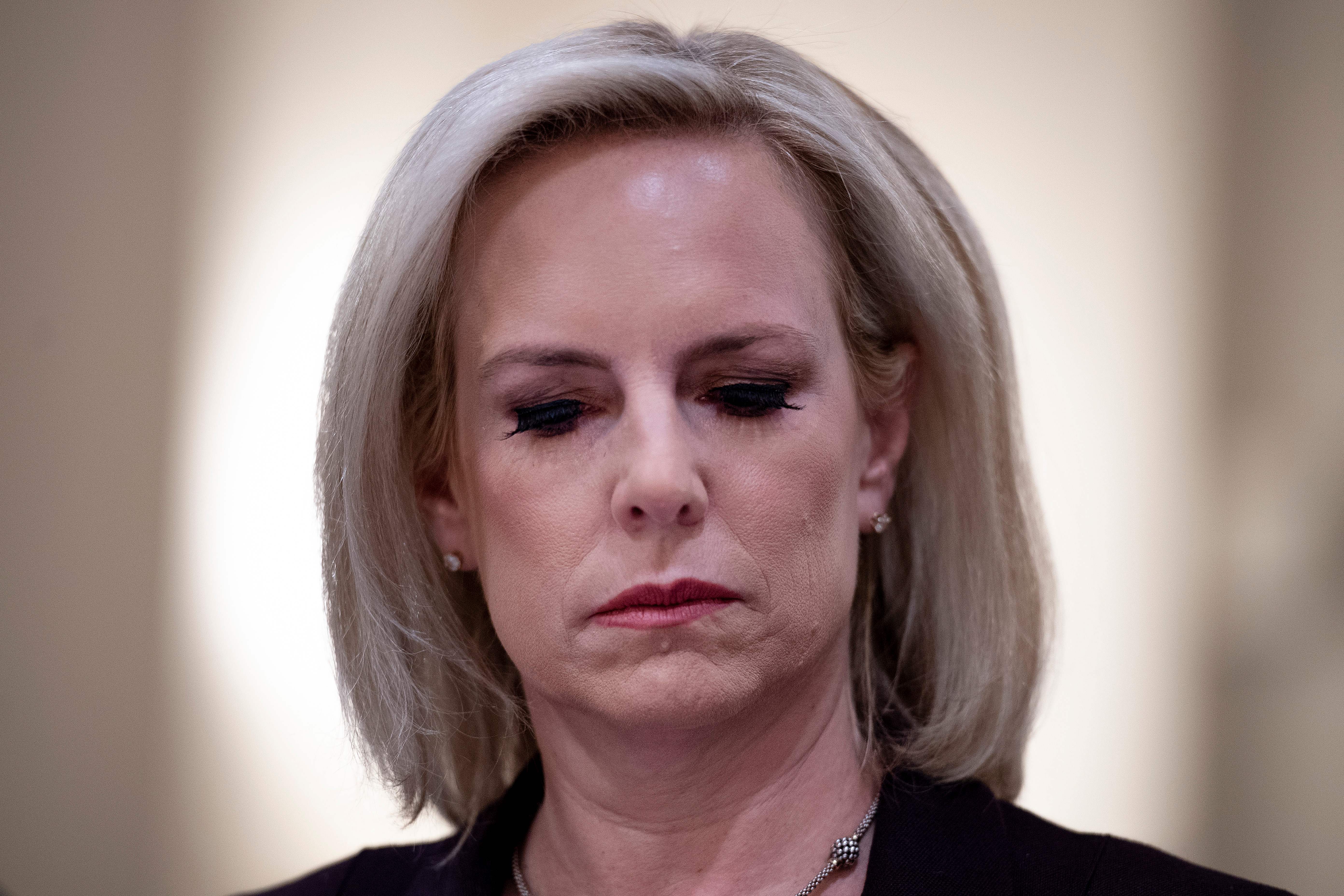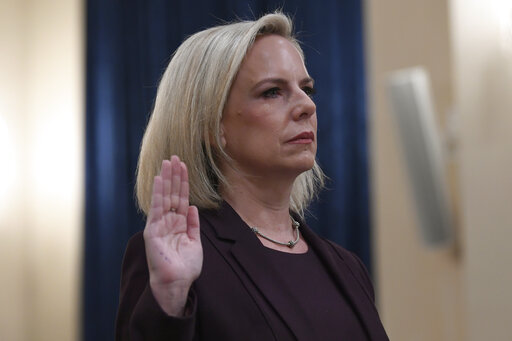
Homeland Security Secretary Kirstjen Nielsen testified before the House Homeland Security Committee, where she was grilled about the Trump administration's controversial immigration policies that resulted in children being separated from their parents.
Here's what we learned from today's hearing:
- On children in custody: Nielsen said she didn't know how many children are in Customs and Border Protection custody.
- On Trump's national emergency: She defended President Trump's national emergency declaration despite his claim he "didn't need to" do it.
- On terrorists entering the US: Nielsen confirmed that most terrorists were stopped while trying to fly to US — not at the border.
- On zero tolerance: Nielsen defended the administration's "zero tolerance" policy, which called for the criminal prosecution of adults crossing the border illegally and, as a result, the separation of families.
- On the dangerous journey to the US: Every girl over 10 who crosses the border is given a pregnancy test, Nielsen said.
- On family separations: She said family separation wasn't intended to be a deterrent despite leaked memos.
- On drugs at the border: Nielsen said she didn't have numbers on drugs coming through border.
- On cybersecurity: The current cybersecurity threat is “blinking red” and is possibly the "highest threat" to the US homeland, she said.
